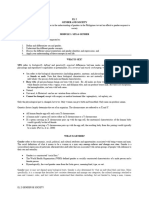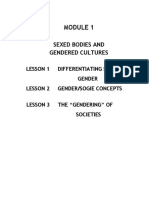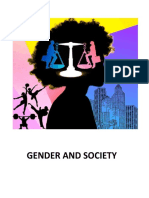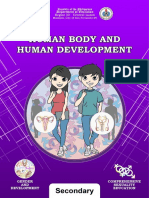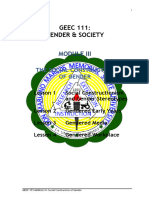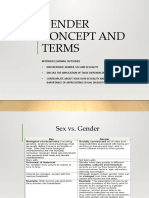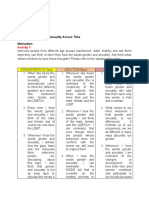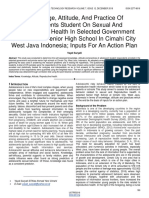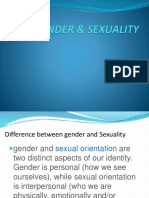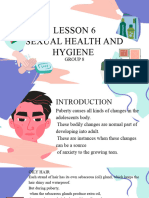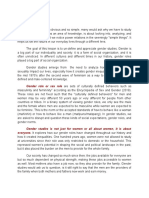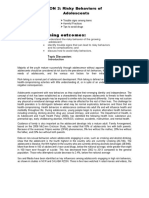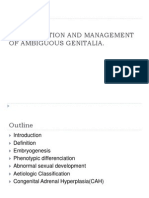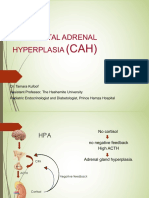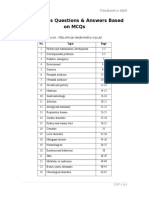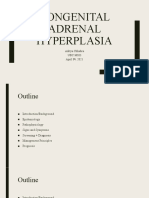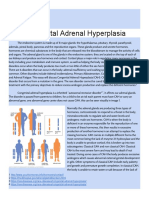0% found this document useful (0 votes)
246 views40 pagesChapter 1 - Lesson 1
The document discusses key concepts related to gender and sexuality including:
1. It defines and differentiates the concepts of sex, gender, and sexuality. Sex refers to biological and physical characteristics while gender refers to social and cultural roles and behaviors.
2. It explores how sex is determined biologically but can be complex due to conditions like intersex where chromosomal, hormonal or physical sex characteristics are not consistently male or female.
3. Gender is culturally defined and refers to masculinity and femininity, distinguishing it from the physical aspects of sex. Concepts like heteronormativity, transgender identities, and sexual orientation are also examined.
Uploaded by
ATASHA CAROLINA BENEGIANCopyright
© © All Rights Reserved
We take content rights seriously. If you suspect this is your content, claim it here.
Available Formats
Download as DOCX, PDF, TXT or read online on Scribd
0% found this document useful (0 votes)
246 views40 pagesChapter 1 - Lesson 1
The document discusses key concepts related to gender and sexuality including:
1. It defines and differentiates the concepts of sex, gender, and sexuality. Sex refers to biological and physical characteristics while gender refers to social and cultural roles and behaviors.
2. It explores how sex is determined biologically but can be complex due to conditions like intersex where chromosomal, hormonal or physical sex characteristics are not consistently male or female.
3. Gender is culturally defined and refers to masculinity and femininity, distinguishing it from the physical aspects of sex. Concepts like heteronormativity, transgender identities, and sexual orientation are also examined.
Uploaded by
ATASHA CAROLINA BENEGIANCopyright
© © All Rights Reserved
We take content rights seriously. If you suspect this is your content, claim it here.
Available Formats
Download as DOCX, PDF, TXT or read online on Scribd
/ 40

